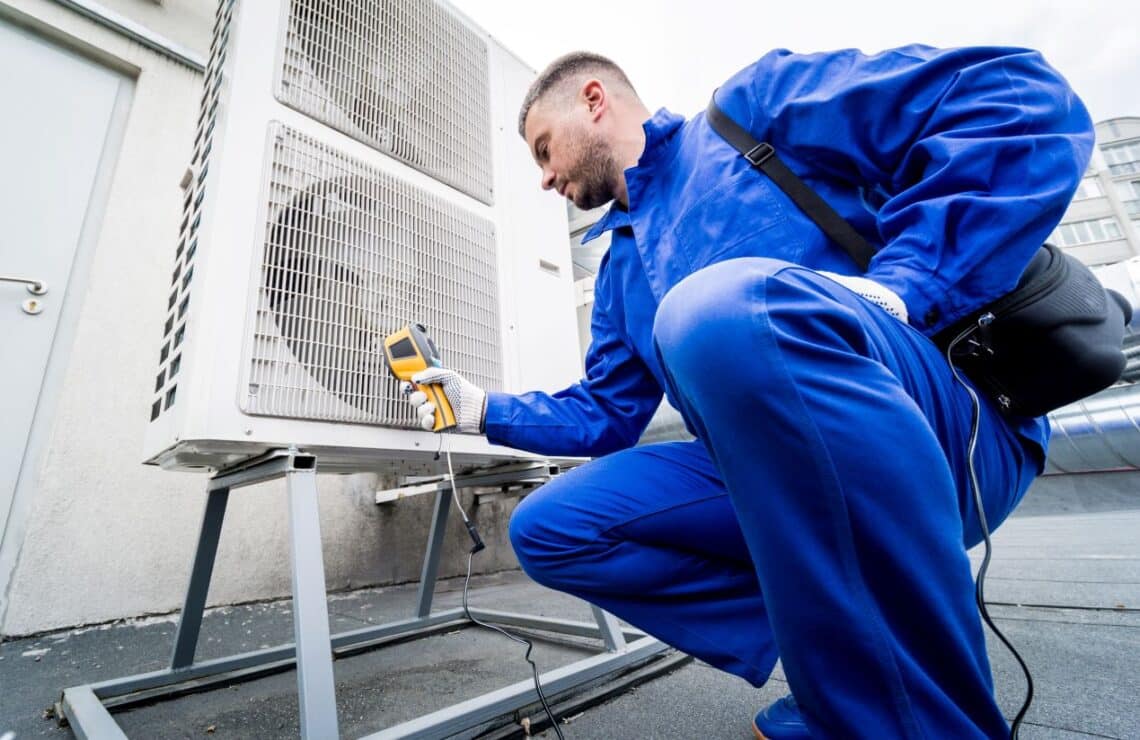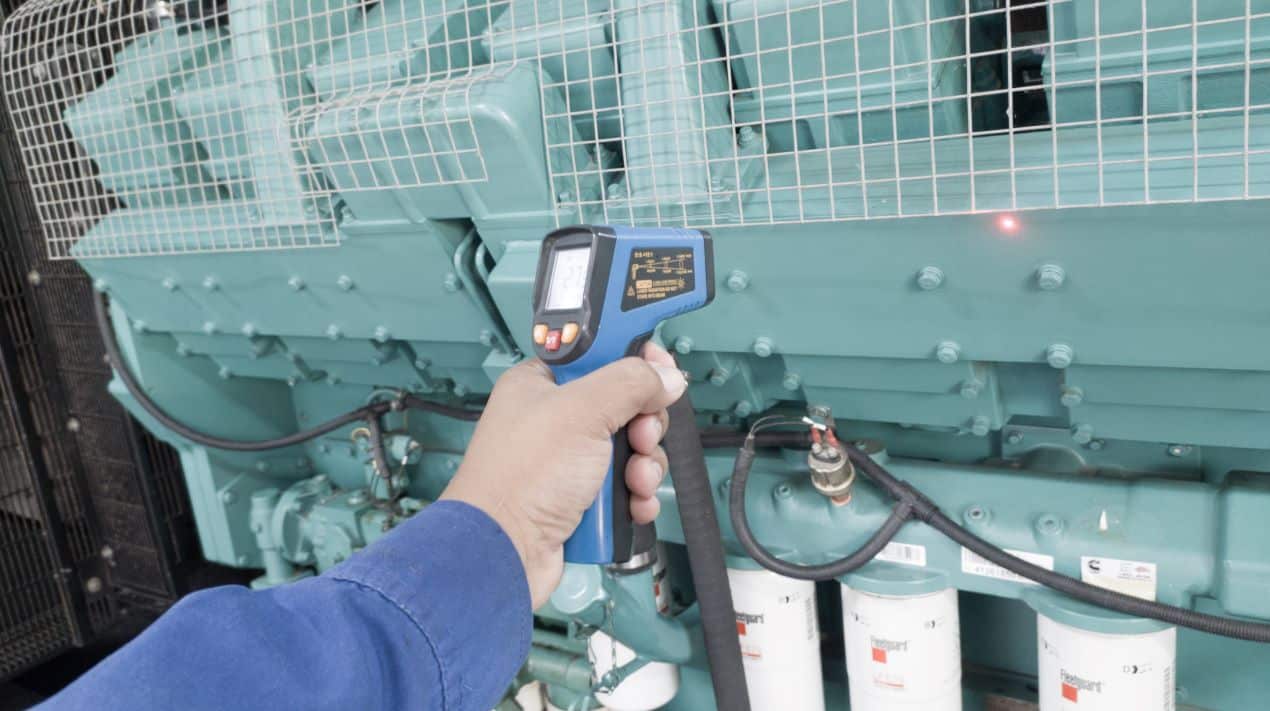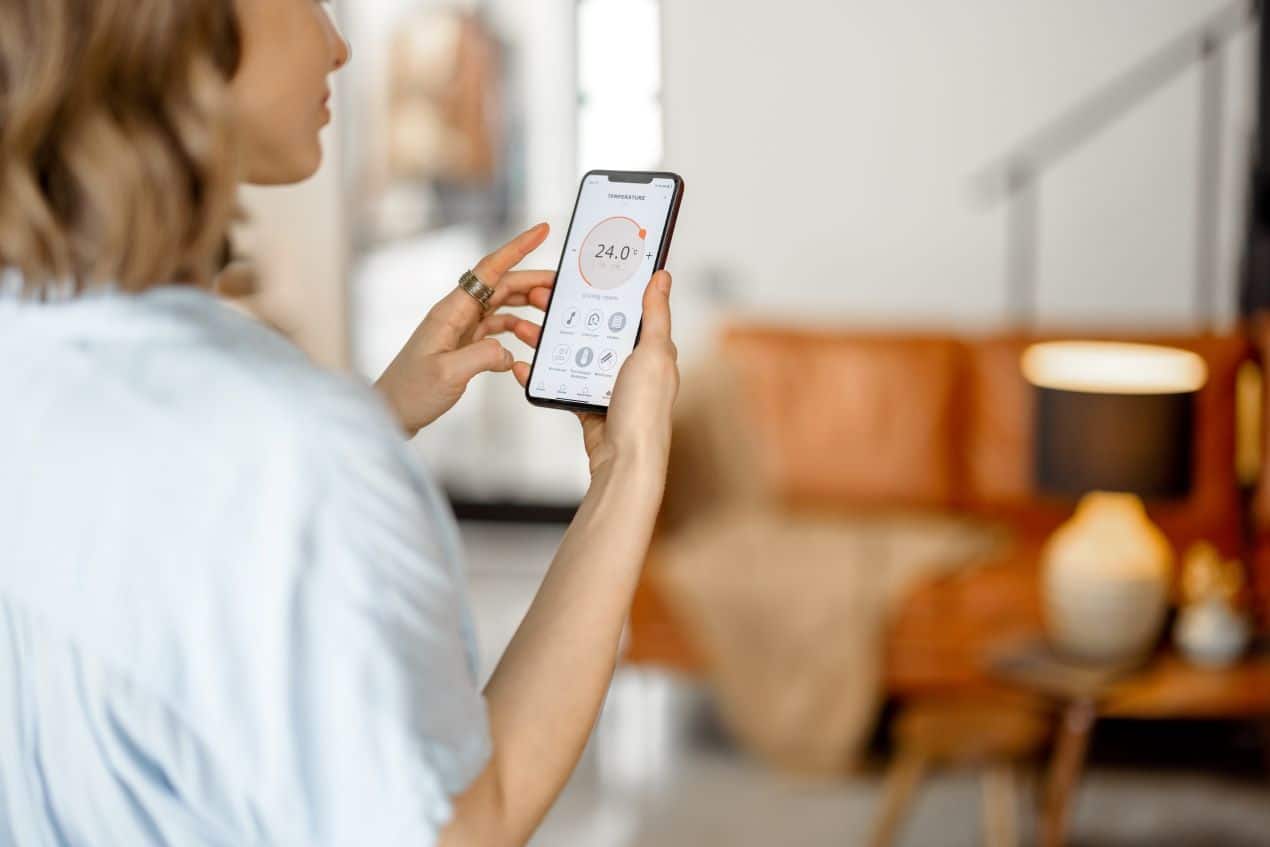
Airflow Sensors in Action: Use Cases in Medical Devices and Gas Analysis
Airflow sensors play a crucial role in many critical applications, especially in medical and environmental fields. These sensors are indispensable for measuring and controlling air and gas flow in devices like ventilators, gas analysis equipment, air quality monitors, and oxygen concentrators. This article explores how airflow sensors function, highlights their significance in medical and gas analysis technology, and discusses real-life case studies illustrating their impact on these essential devices.
How Airflow Sensors Work
Airflow sensors measure the speed and volume of air or gas passing through a device. They typically use a heating element and a sensing component that detects changes in temperature or pressure as air flows over them. This data is translated into real-time readings, allowing users to monitor and adjust airflow rates as needed. Whether ensuring a steady oxygen supply or capturing accurate air quality data, airflow sensors help maintain optimal performance in various applications.
Why Airflow Sensors Are Vital in Medical and Analytical Applications
Airflow sensors ensure precise and reliable data in critical contexts where airflow measurement is essential for health and safety. Their roles vary based on the application:
- In Ventilators – Airflow sensors regulate the oxygen and air mixture, essential for maintaining patient breathing rates and preventing complications from inconsistent airflow.
- In Gas Analysis – These sensors monitor air composition, helping detect hazardous gases or impurities in the air, essential in industries like environmental monitoring and safety compliance.
- For Air Quality Monitoring – Airflow sensors detect pollutants, allergens, and particulate matter, enabling environmental and health agencies to provide up-to-date air quality readings for the public.
- In Oxygen Concentrators – Airflow sensors ensure a stable flow of oxygen to patients requiring supplemental oxygen, critical for home care and hospital settings.
Case Study: Enhancing Ventilator Performance with Airflow Sensors
Background
During the COVID-19 pandemic, the sudden and unprecedented demand for ventilators highlighted the need for reliable, high-performance devices capable of supporting critical care environments. Hospitals and clinics were under immense pressure to provide life-saving respiratory support to patients suffering from severe respiratory distress. Precise control of oxygen flow was essential, as even small deviations in oxygen levels or airflow could result in negative health outcomes.
Challenge
Ventilators must carefully regulate the oxygen-to-air ratio, especially in cases of acute respiratory distress. Inaccurate airflow measurements could lead to hypoxia (lack of oxygen) or hyperoxia (excess oxygen), both of which pose significant risks. Traditional ventilators faced challenges such as wear on internal components, changes in ambient air pressure, and shifts in patient breathing patterns, all of which could disrupt airflow. Medical professionals required ventilators that would not only provide consistent airflow but could also quickly alert them to any deviations, ensuring patient safety in real time.
Solution
To address these needs, ventilator manufacturers integrated high-precision airflow sensors, including both thermal mass flow and differential pressure sensors. These sensors were designed to detect minute changes in airflow and temperature, allowing ventilators to maintain a precise balance in oxygen delivery. The thermal mass flow sensors offered rapid response times, ensuring that the system could adjust instantly to any fluctuations. Additionally, many of these sensors were equipped with self-diagnostic functions, allowing for automated calibration and reducing the risk of error due to component wear.
Outcome
The inclusion of advanced flow measurement devices had a transformative impact on ventilator performance. Hospitals reported that the sensors contributed to higher accuracy in oxygen delivery, even in fluctuating or high-stress environments. These improvements led to fewer instances of oxygen delivery issues, reducing the occurrence of both hypoxia and hyperoxia among patients. Additionally, the sensors’ sensitivity to minor irregularities helped prevent false alarms, allowing medical staff to focus on critical cases without unnecessary distractions. Overall, the upgraded ventilators provided better support to patients in need, which in turn led to improved patient outcomes during one of the most challenging times in modern healthcare.
This case study highlights the importance of airflow sensors in maintaining the reliability and precision of ventilators. By providing stable and accurate airflow measurement, these sensors helped ventilators deliver consistent life-support in critical care settings, showcasing their vital role in healthcare technology.

Summary Table: Applications of Airflow Sensors in Medical and Analytical Devices
| Application | Function and Importance |
| Ventilators | Controls and monitors airflow to maintain precise oxygen-to-air ratios. This is vital for ensuring accurate and safe respiratory support, especially in emergency and ICU settings. |
| Gas Analysis Devices | Detects specific gases and impurities in the air, essential for identifying hazardous gases and ensuring safety in industrial and environmental monitoring. |
| Air Quality Monitors | Measures pollutants, allergens, and particulate matter to provide accurate data for public health assessments and pollution control, aiding environmental protection. |
| Oxygen Concentrators | Regulates oxygen flow to ensure a consistent and accurate oxygen supply, critical for supporting patients requiring supplemental oxygen in home and medical care settings. |
The Vital Role of Airflow Sensors
Airflow sensors are pivotal in fields that rely on precise airflow measurement, especially in medical and environmental applications. From stabilizing ventilators to analyzing gases in the air, these sensors ensure reliability and accuracy across essential devices. As technology advances, the role of airflow sensors will likely expand further, contributing to even more innovative and life-saving applications in healthcare and environmental monitoring.
Images: rh2010, romaset, Suranto / Adobe Stock
You May Also Like

The Fascination of Speed, Timing and Technical Flow
August 20, 2025


